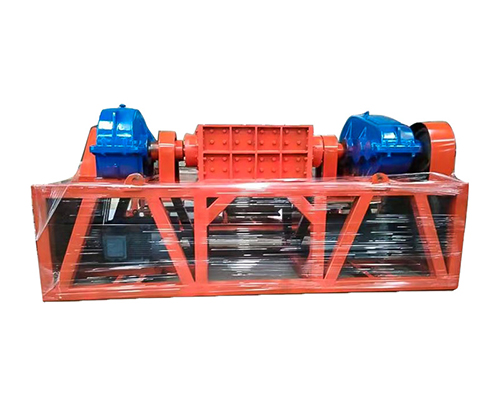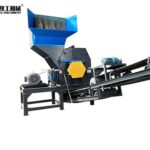Plastic waste recycling equipment refers to the process of recovering and reprocessing plastic materials that would otherwise be thrown away. From industrial facilities to municipal recycling centers, plastic recycling machines are essential for sorting, cleaning, shredding, melting, and pelletizing waste plastics into reusable forms. These machines help reduce the environmental footprint of plastic waste and are instrumental in creating a more sustainable future.
Types of Plastic Waste Recycling Machine
The plastic waste recycling machine equipment used in plastic recycling varies based on the input material, desired output, and scale of operations. Below are the primary types of machinery:
- Shredders and Granulators
Shredders reduce large plastic items (e.g., bottles, containers) into smaller pieces, while granulators create finer particles. These machines use rotating blades to cut plastic into uniform sizes, improving processing efficiency. - Washing Lines
Washing systems remove contaminants using a combination of mechanical friction and chemical treatments. Modular washing lines can be customized for specific plastic types, such as PET bottles or film waste. - Extruders
Extruders melt plastic pellets or flakes and shape them into continuous profiles, such as sheets, pipes, or filaments. Twin-screw extruders are popular for their versatility and mixing capabilities. - Pelletizers
Pelletizers transform molten plastic into uniform pellets, which serve as feedstock for injection molding or blow molding machines.
Main Plastic Waste Recycling Equipment
Single-Shaft Shredders: Versatile machines for initial size reduction of bulky, mixed plastic waste.
Granulators: Equipped with rotating knives and screens, producing controlled particle sizes ideal for washing and further separation.
Washing and Cleaning: Contaminants like dirt, food residue, labels, adhesives, and non-plastic materials must be removed. Washing lines typically involve:
Pre-washing/Soaking: Loosening contaminants.
Friction Washers: Utilizing intense rubbing action between plastic flakes in water to dislodge stubborn dirt and labels.
Float-Sink Tanks: Exploiting density differences; heavier contaminants sink (sand, metals), lighter plastics float, while target plastics may sink or float depending on type (e.g., PET sinks, PP floats).
Hot Washing/Chemical Baths: For particularly stubborn residues or adhesives.
Rinsing: Multiple stages with clean water to remove detergent or loosened contaminants.
Dewatering: Screw presses or centrifugal dryers remove excess water before drying.
Drying: Clean, wet flakes must be thoroughly dried to prevent degradation during subsequent processing and ensure pellet quality. Common Plastic Waste Recycling Equipment includes:
Centrifugal Dryers (Spin Dryers): High-speed rotation forces water out.
Hot Air Dryers: Conveyor belt or silo dryers using heated air streams.



